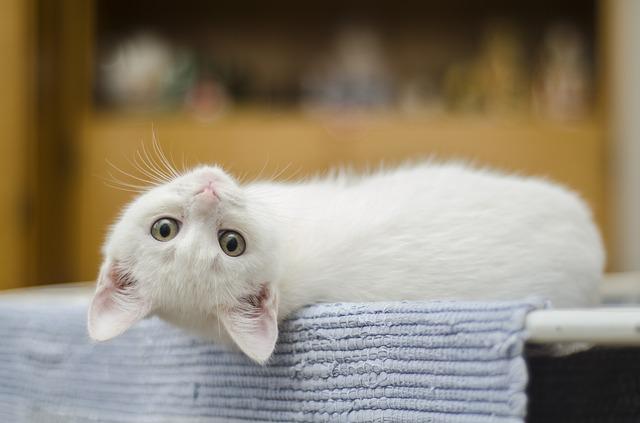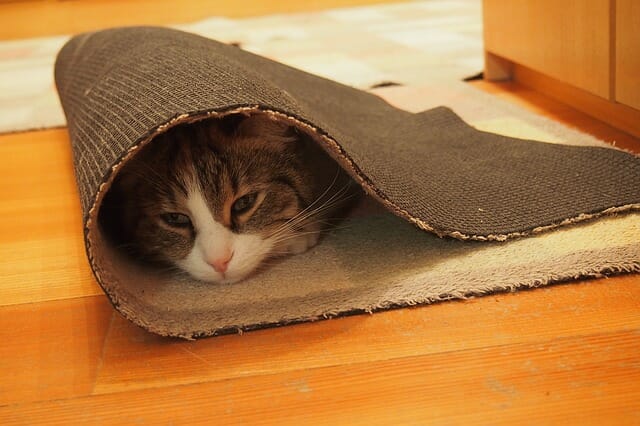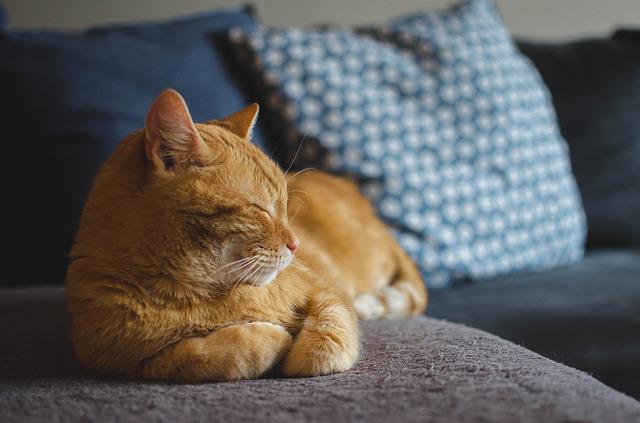How to Eliminate Cat Urine Odor: Ways to Reduce Cat Urine Smell
To eliminate cat urine odor, start by cleaning up the urine as soon as possible to prevent the odor from setting in. Use a paper towel or cloth to blot up as much urine as possible, and then clean the area with an enzymatic cleaner specifically designed for removing cat urine odor.
Ensure your cat’s litter box is clean and well-maintained, as a dirty litter box can cause your cat to spray or mark in other areas of your home. Clean the litter box regularly and replace the litter at least monthly. Also, ensure your cat has plenty of resources, including food, water, and toys, to prevent them from feeling anxious or stressed and resorting to spraying behavior.


Table of Contents
Ways to Reduce Cat Urine Smell
Clean Up the Urine
Cleaning cat urine can be challenging, as it can be difficult to completely remove the odor and prevent your cat from spraying in the same spot again. The faster you clean up cat urine, the easier it will be to remove the odor. Instead, use a paper towel or cloth to blot up as much urine as possible as soon as you notice it.
After blotting up the urine, use an enzymatic cleaner specifically designed for removing cat urine odor. These cleaners break down the proteins in cat urine, eliminating the odor and preventing your cat from reapplying, marking it in the same spot. Follow the product instructions carefully, and ensure to saturate the affected area with the cleaner.
After applying the enzymatic cleaner, rinse the affected area with water to remove any remaining residue. Use a clean cloth or paper towel to blot up the excess water. You may need a steam cleaner to remove the odor for particularly stubborn urine stains.
Follow the manufacturer’s instructions carefully and test the steam cleaner on an inconspicuous area first to ensure it won’t damage your flooring or furniture. Allow the area to air dry completely before allowing your cat back into the area. Avoid using a fan or heater to speed up drying; this can lock in the odor.
Use an Odor-Neutralizing Product
Many commercial products are available designed to neutralize cat urine odor. Look for a product specifically designed for cat urine, formulated to break down the proteins in the urine that cause the odor. Before applying the product to the affected area, test it on an inconspicuous area first to ensure it won’t damage your flooring or furniture.
Once you’ve chosen a product and tested it on an inconspicuous area, apply it to the affected area. Follow the instructions on the product carefully, and ensure to saturate the affected area with the product. If the odor is strong, you may need to apply the product more than once.
After applying the product:
- Allow it to sit for the recommended time. This will give the product time to break down the proteins in the urine that cause the odor.
- After the product has had time to work, rinse the affected area with water to remove any remaining residue.
- Use a clean cloth or paper towel to blot up the excess water.
Clean Your Cat’s Litter Box


You’ll need a litter scoop, a cleaning solution, a scrub brush or sponge, and a clean towel or paper towel to clean your cat’s litter box. Use a litter scoop to remove any solid waste from the litter box. Please dispose of the waste in a plastic bag and tie it tightly before throwing it in the trash.
If the litter box needs a deep cleaning, empty it into a trash bag and dispose of it. Please dispose of the old litter in a trash bag and tie it tightly before throwing it in the trash. If the litter is still relatively clean, you can skip this step.
Use a solution specifically designed for cleaning litter boxes, or create your own by mixing equal parts water and vinegar. Scrub the litter box thoroughly with a scrub brush or sponge to get into all the corners and crevices. Rinse the litter box with water and dry it with a clean or paper towel.
Once the litter box is clean and dry, add fresh litter to the box. Make sure to add enough litter to cover the bottom of the box to a depth of at least two inches. Clean the area around the litter box: If your cat has tracked or spilled litter around the litter box, use a vacuum or broom to sweep up the litter. Use a cleaning solution to clean any areas that may have been soiled with urine or feces.
Provide Your Cat With Plenty of Resources
Ensure you provide your cat with a clean litter box that is easily accessible. The general rule is to have one litter box per cat. Choose a litter box that is large enough for your cat to move around in and with low sides for your cat to step in and out of the box easily.


Choose a high-quality litter that your cat likes. Some cats prefer clumping litter, while others prefer non-clumping litter. Experiment with different types of litter to see what your cat prefers. Keep the litter box clean by scooping out waste daily and doing a full litter box clean at least once a week.
Provide your cat with fresh, clean water at all times. Some cats prefer drinking from a fountain, while others prefer a bowl. Make sure to change the water frequently and clean the water bowl regularly. Choose high-quality, nutritious food for your cat. Make sure to feed your cat on a regular schedule and monitor their food intake to prevent overeating. Also, make sure to clean up any spilled food promptly.
Provide your cat with a scratching post or another suitable scratching surface to help prevent them from scratching furniture or other items in your home. Choose a scratching post that is tall enough for your cat to stretch out fully and sturdy enough that it won’t tip over.
Provide your cat with various toys, including interactive ones you can play with. This will help keep your cat active and engaged, which can help prevent them from becoming bored and engaging in destructive behaviors such as spraying outside their litter box.
